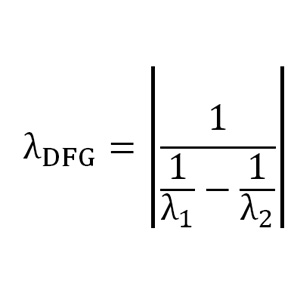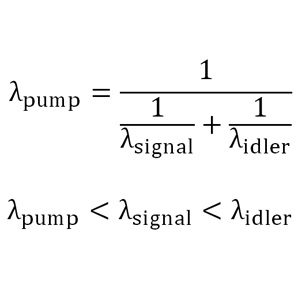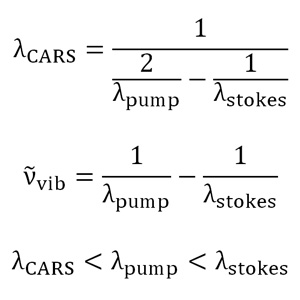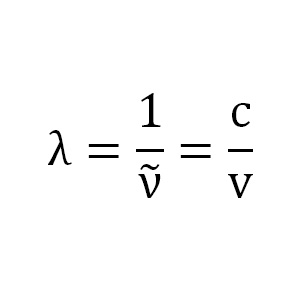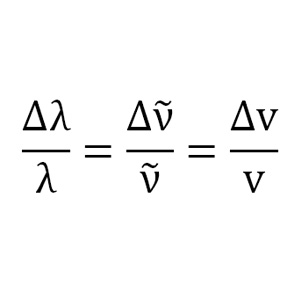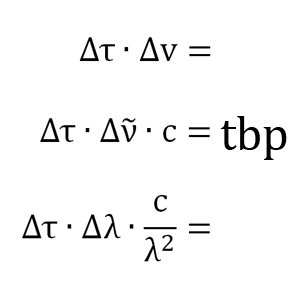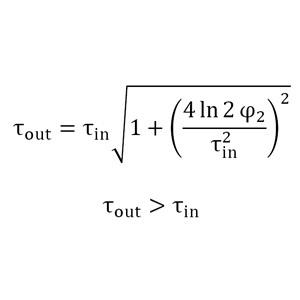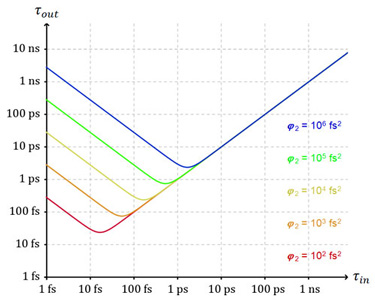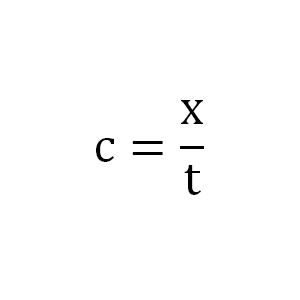The APE Conversion Calculator helps to easily evaluate often needed (non)linear equations.
This includes Sum Frequency Generation (SFG), Difference Frequency Generation (DFG), the wavelength relations in an Optical Parametric Oscillator (OPO) as well as in coherent anti-Stokes Raman scattering (CARS) spectroscopy.
The conversion between wavelength, wavenumber, and frequency as well as different characterizations of pulses can be calculated.
The APE Conversion Calculator is available for Android and iOS devices. Check application for device version compatibility.
The APE Calculator works as follows:
The input and output fields for values of a formula are displayed in a row. The input values are entered into the empty fields (no selected radio button above the field), while the output value (selected radio button above the filed) is calculated, as soon as the input values are all entered.
The active radio button may be changed, and this field will become the one being calculated.
Red table elements signify missing or wrong input while green ones mean proper output has been calculated. Yellow fields indicate that boundary conditions of the formula to be calculated have been violated.
To see the underlying formula, move your mouse over the word ‘equation’ positioned at the top left corner of each row.
For the CARS process, two input values are required to calculate two output values.
The output values are freely chosen by check marking the box above the respective field, where two fields only can be chosen, and the third one unchecks automatically.
To change the precision of the displayed values, select the appropriate radio button.



